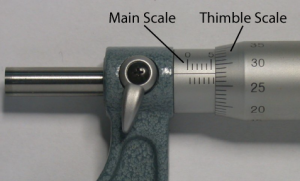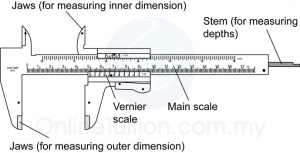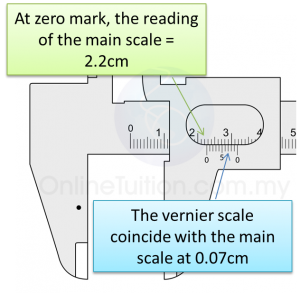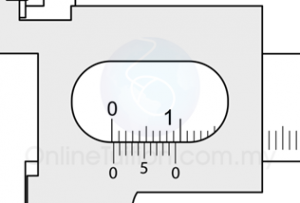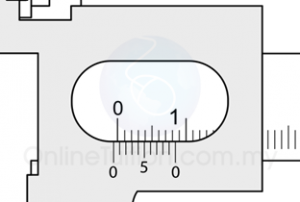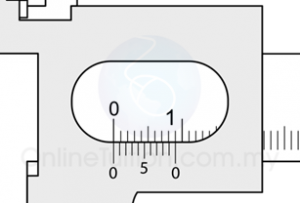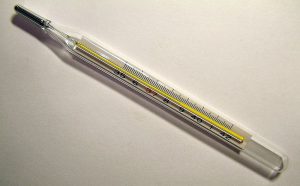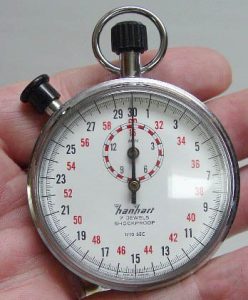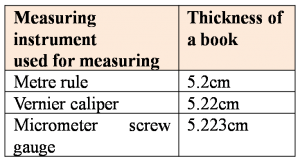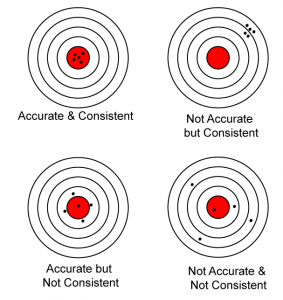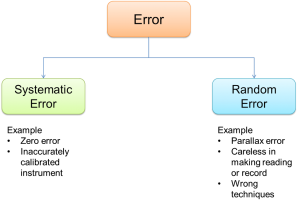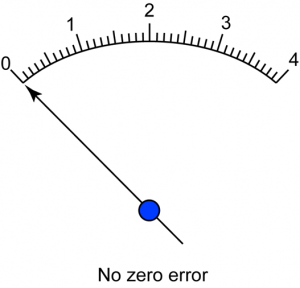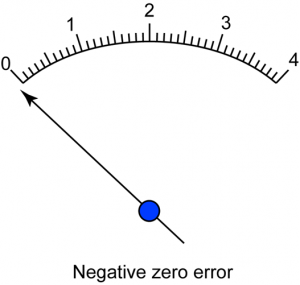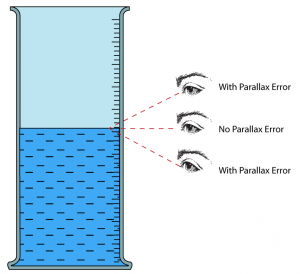- Ammeters are measuring instrument used to measure electric current.
- Voltmeters are measuring instrument used to measure potential difference (voltage).
- In SPM syllabus, you need to know
- how to take reading from ammeter and voltmeter
- how to identify the sensitivity of an ammeter and voltmeter.
- the connection of ammeter and voltmeter in a circuit.
- An ammeter is always connected in series with the load (resistor) in a circuit.
- A voltmeter is always connected parallel to the load (resistor) in a circuit.
External Link


